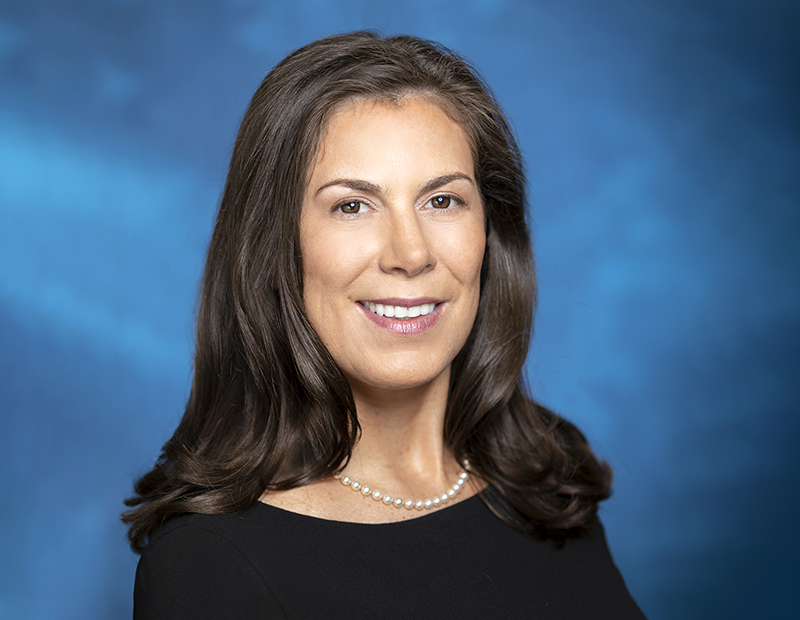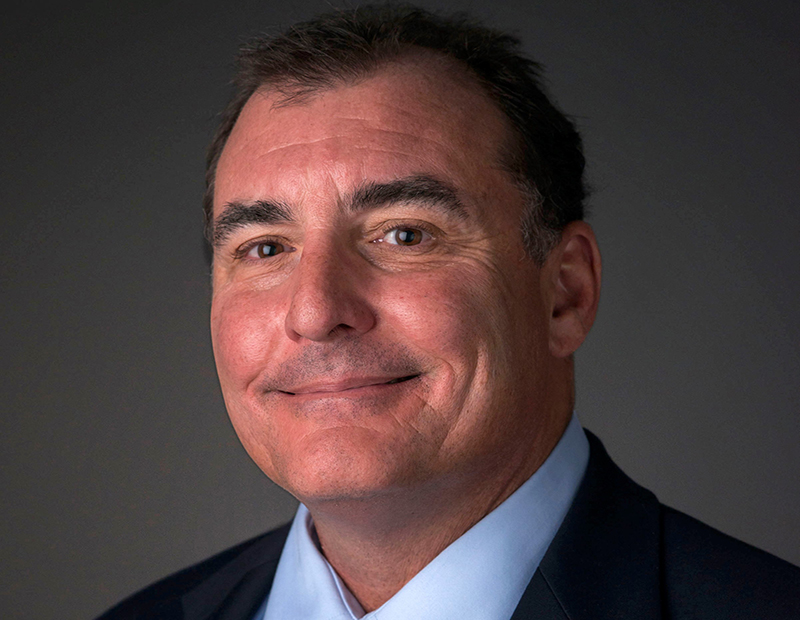A Conversation With Wells Fargo’s New Head of CRE
Veteran finance executive Kara McShane discusses her goals at the nation’s top CRE lender.
It’s been less than a month since Kara McShane, Wells Fargo’s former head of Structured Real Estate, took on her new role as head of commercial real estate within the company’s Wholesale Banking group. She joined the industry by accident three decades ago after a short stint in investment banking. In the interview below, McShane touches on how her priorities align with Wells Fargo CEO Charlie Scharf’s and why people are her favorite thing about the business. Having previously led a team of 700, it’s fair to say she knows a thing or two about the human factor.
READ ALSO: Staying Disciplined, Hedging Risk in Tomorrow’s CRE Financing World
What are the priorities in your new role at Wells Fargo?
McShane: Wells Fargo has been the number one CRE lender in the U.S. for a decade. It’s my goal to maintain that leadership position while taking our platform to the next level. Our comprehensive CRE platform of banking, financing and servicing solutions for commercial real estate companies includes balance sheet lending, CMBS origination, capital markets distribution, warehouse financing, loan servicing, agency/GSE financing for multifamily assets, as well as debt and equity capital for the affordable housing industry. A key priority for me is ensuring that every client in these segments has the efficient, positive and personal experience that they deserve.
If we serve our clients well—by always putting them first—we will be able to expand existing relationships while also building new ones. We want to take a fresh perspective across the board to help grow our business. My goal is to build a truly integrated, comprehensive platform while becoming more nimble with our clients.
Can you outline the key points of Wells Fargo’s CRE strategy for 2020?
McShane: We want to strengthen our platform, serve our clients well and grow our business. We have deep expertise across our various CRE disciplines, and we have enjoyed market-leading positions across many businesses. A key reason is our long-standing relationships built on trust and certainty of execution. Our clients have come to rely on our disciplined approach, which enables us to lend throughout market cycles. We put our clients first. We need to work harder and smarter in this competitive environment—with all team members rowing in the same direction—to build upon an already-strong business. This means not just doing things the way we’ve always done them, but rather doing things the way they should be done. More efficiently.
What is the role of Wells Fargo’s CRE business as part of the entire bank’s plans in 2020 and beyond?
McShane: CRE is a large and important business for Wells Fargo. It’s one of our core competencies and will remain an important part of the Wells Fargo franchise in 2020 and beyond. We believe our CRE platform is “best-in-class,” which aligns well with our new CEO Charlie Scharf’s priority of serving our clients with the highest operational and ethical standards.
Wells Fargo CRE has long maintained a prudent and disciplined approach to risk and credit, as evidenced by the solid credit quality of our portfolio and the historical performance of our business. Part of this approach includes high-quality execution, which means leveraging opportunities to become more efficient, to better cover and serve our clients and to drive for more collaboration and coordination internally in order to deliver the entirety of our CRE platform, as well as our firm, to our clients.
What should we expect for CRE finance in 2020?
McShane: If rates stay low, we will see another year of healthy CRE debt origination volumes. The markets will likely remain competitive with alternate sources of capital—banks, life insurance companies, CMBS, debt funds and GSEs—trying to maintain their market share. While volatility has been low for an extended period of time, and will most likely tick up at some point, the abundance of capital that is poised to invest in CRE debt could curtail any material or protracted dislocation in the capital markets. Globally, low yields will continue to drive investor demand for U.S. commercial real estate.
READ ALSO: CMBS Market Update and Forecast for 2020
How did you get involved in real estate capital markets?
McShane: I’ve always liked commercial real estate and math, but it was still an accident that I ended up in CRE finance. Although I did an internship in industrial sales and leasing for CBRE when I was a sophomore in college, I moved to New York City after graduation to find a job in investment banking. I ended up taking a job in money management instead for Sanford C. Bernstein & Co. Inc. We were value investors and very quantitative, and I became a fixed- income portfolio manager and trader.
I gained experience with all of the fixed-income sectors, but I gravitated toward mortgages because I liked prepayment modeling. Eventually, an opportunity arose in the commercial mortgage sector, and I went for it. I discovered that analyzing REITs and CMBS was the perfect combination of commercial real estate and math, and so it began.
What do you like most about working in the industry?
McShane: The people. I have built relationships in this business over two and a half decades, and I am always amazed at what a small world commercial real estate finance really is. People tend to stay in this business. I have gotten to know and worked with so many incredible people over the years. And, like most people, I enjoy doing business with people who I actually like.










You must be logged in to post a comment.